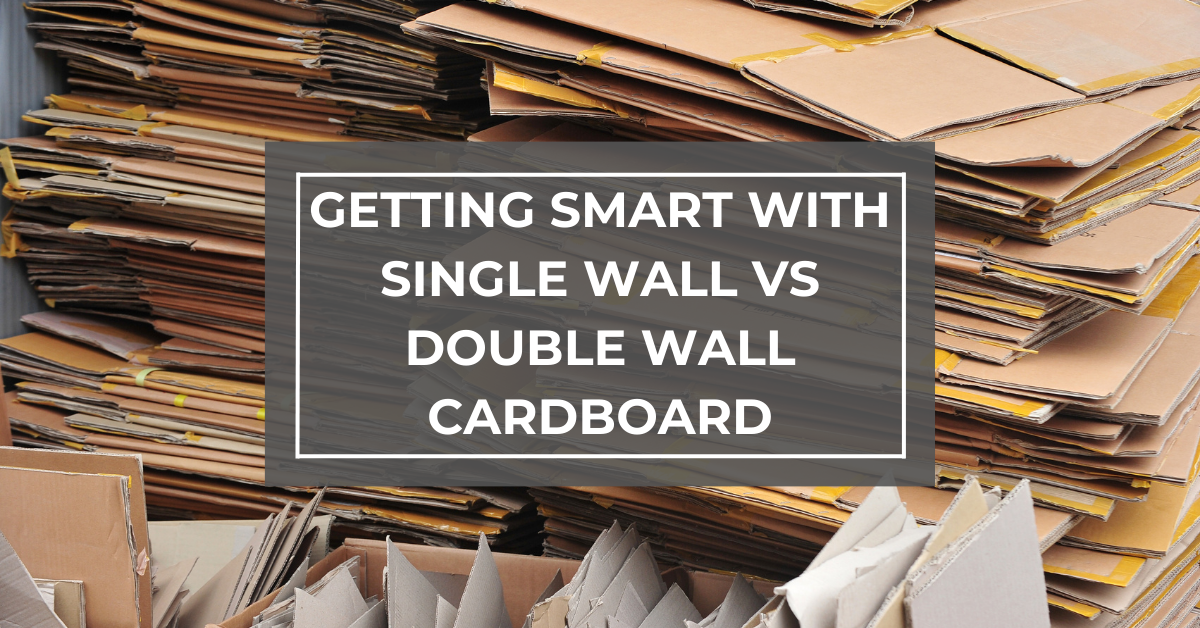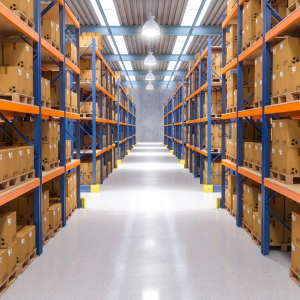Your basket is currently empty!
Getting Smart With Single Wall vs Double Wall Cardboard
In the realm of packaging materials, where both efficiency and durability are key, the choice between single wall and double wall cardboard is a crucial decision for companies. Whether you’re managing the daily operations at a food production facility or overseeing supplies at a pet food company, understanding these two types of cardboard can greatly influence your packaging strategy. Time to dive into getting smart with single wall vs double wall cardboard.

What is Single Wall Cardboard?
Single wall cardboard consists of one layer of fluting between two outer layers of liner paper. The fluted middle layer will determine how strong the box is. To discover how fluting works click here.
What is Double Wall Cardboard?
Double wall cardboard steps up the protection level by featuring two layers of fluting, each sandwiched between three layers of liner paper. This structure enhances the cardboard’s strength, making it ideal for heavier or more fragile items.
Comparing the Two: When to Use Which?
Product Weight and Fragility
Single Wall: Best suited for lighter, less fragile items.
Double Wall: Necessary for heavier, more fragile goods that require additional support and shock absorption.

Shipping and Handling
Single Wall: Ideal for short-distance transport, or when products are being shipped in bulk but individually packaged.
Double Wall: A wise choice for long-distance shipping, international transport, or items that may be handled by different parties within the delivery process.

Cost Considerations
Single Wall: More cost-effective for businesses looking to cut packaging expenses without compromising on basic protection.
Double Wall: While more expensive, the investment might save you money in the long run by helping you avoid damaged returns, customer dissatisfaction, and replacement shipments.

Sustainability Goals
Single Wall: Uses less material, which may help companies get closer to achieving their sustainability goals by focusing on reduced resource usage.
Double Wall: Initially using more resources could result in a lower overall environmental impact if it reduces the rate of product damage and waste.

Storage and Space
Single Wall: Requires less storage space, easier to handle and stack in limited spaces.
Double Wall: Bulkier, requires more storage space but offers enhanced stacking capability, reducing the footprint in storage facilities.

Making the Smart Choice
The choice between single wall and double wall cardboard not only impacts the immediate costs and initial environmental impact but also affects customer satisfaction and brand reputation in the long term. It’s about finding a balance between protection, cost, and the product-specific requirements that dictate your packaging needs.
In conclusion, getting smart with single wall vs double wall cardboard means closely evaluating your product’s current packaging strategy to make sure you’re not compromising on the wrong things.


